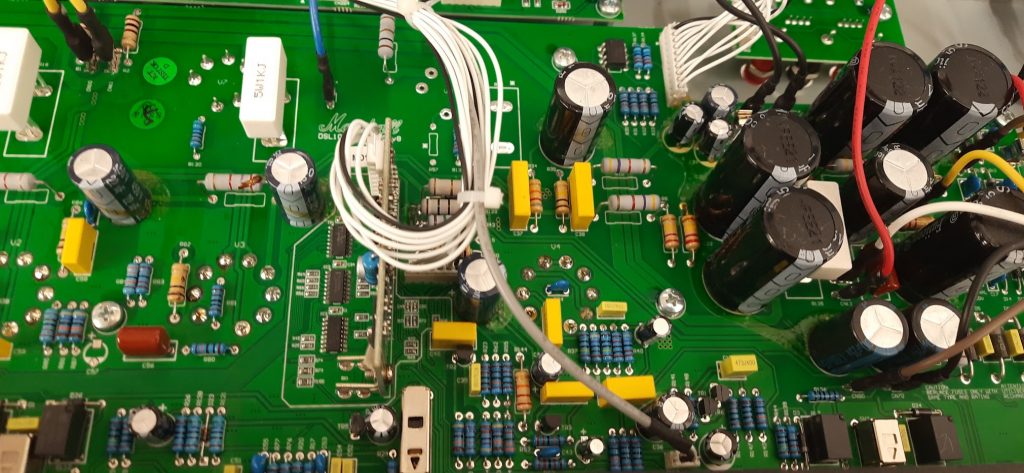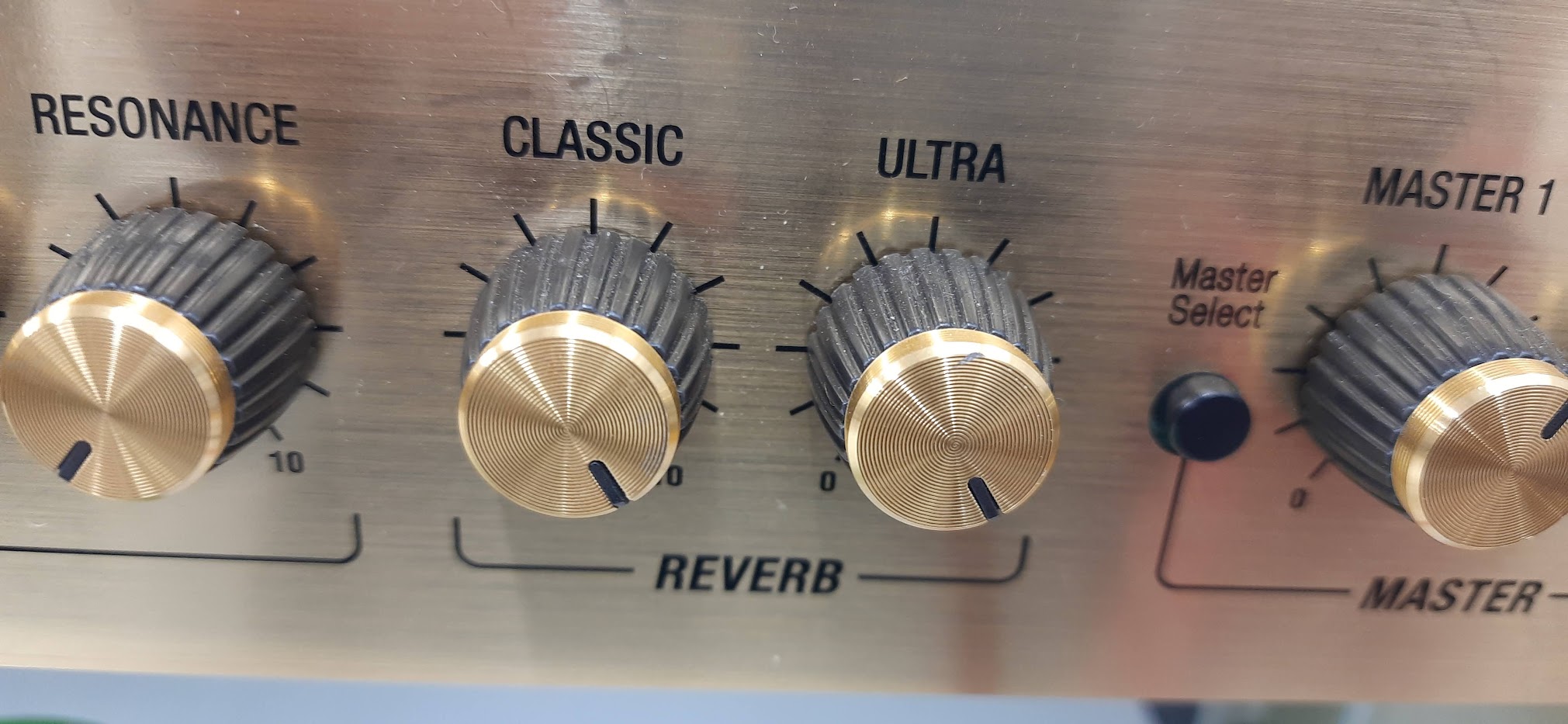One common complaint I’ve heard from Marshall DSL40CR owners is the underwhelming reverb. To be fair, Marshall have never been famed for their lush reverb circuits – that badge tends to go to Fender or certain boutique builds – but even by Marshall standards, the DSL40CR’s reverb is particularly weak and uninspiring.
Interestingly, Marshall’s JVM series, the flagship model, delivers much more satisfying reverb tones, suggesting that the lacklustre performance in the DSL isn’t down to DSP limitations, but more likely a result of how the reverb is mixed into the signal path.
I’d had a few customers mention this in passing, but recently someone brought in their DSL40CR specifically asking if I could engineer a proper fix. After studying the signal flow and DSP mix arrangement, I found the culprit – and the solution turned out to be surprisingly straightforward.
Inside the amp, there’s a resistor that sets the mix level between the dry signal and the DSP-generated reverb. From the factory, this resistor is a 6.8kΩ (6k8) unit. That value results in a very low contribution from the reverb path, hence the barely-there effect.
By swapping this resistor for a 2.2kΩ (2k2), the reverb signal is allowed to mix more strongly with the dry path, leading to a much more useful reverb tone. After testing and A/B’ing the results, the customer was really pleased – it brought the reverb into much more usable territory without overdoing it or introducing unwanted noise.

A Word of Caution
This modification requires surface-mount soldering (SMD) skills – not something to be attempted with a basic iron and a shaky hand. The resistor in question is a small SMD type, and damaging the PCB while trying to replace it could leave you with a very expensive paperweight. So unless you’re confident working at that level, please don’t try this at home.
Want This Fix?
If you’ve got a DSL40CR and find the reverb lacking, I can include this mod as part of a standard DSL40CR service – it’s a quick, elegant solution that makes a real difference. If you’ve got a competent local amp tech, there’s enough information here for them to work it out. But again: if any of this seems unclear, don’t experiment on your amp – it’s not worth the risk.
Feel free to get in touch if you’d like the mod done properly.

